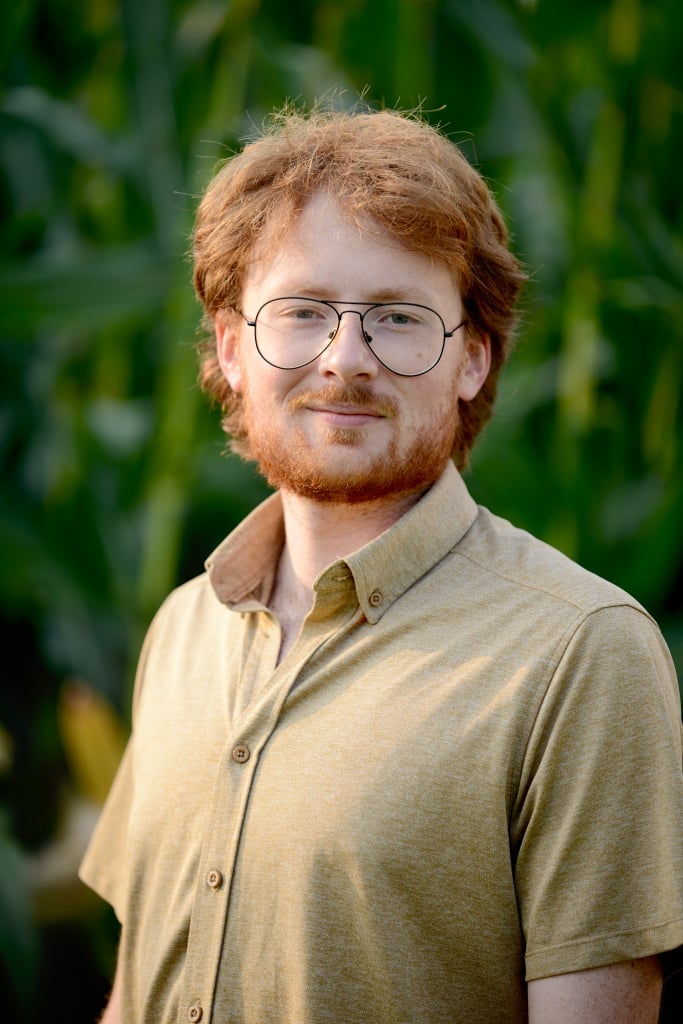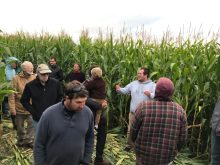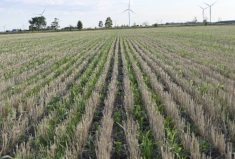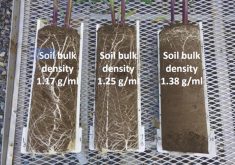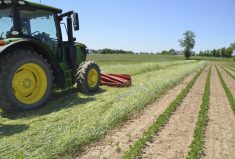Ontario Soil and Crop Improvement Association (OSCIA) highlighted work with on-farm strip-till trials at Canada’s Outdoor Farm Show 2024. The practice is one of 25 soil health themes OSCIA is currently examining.
Strip-tillage provides a sustainable middle-ground alternative to zero-till, researchers say.
“We’re looking at practices including reduced tillage,” said OSCIA Director of Research Angie Straathof, “and strip-tillage is just one of those practices.”
“Strip-tillage is really just one practice in a whole systems approach that could be improving soil health.”
Read Also
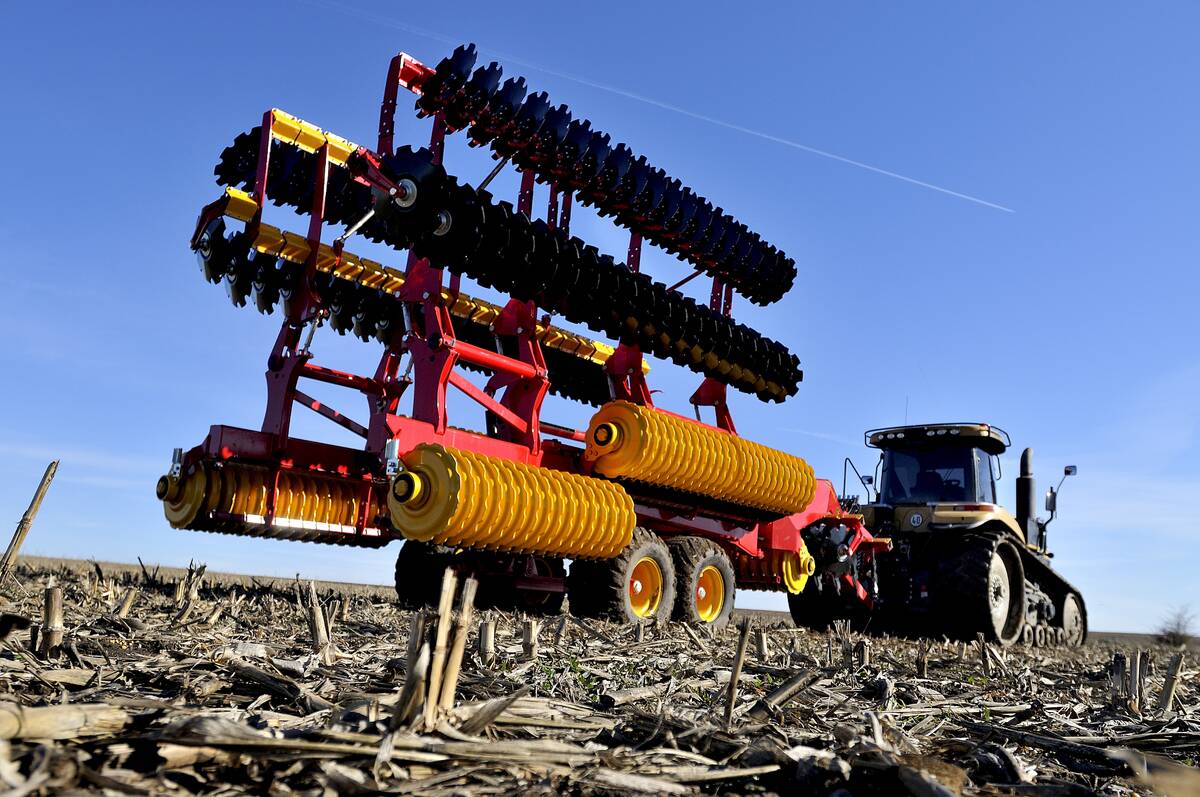
Evolution of European equipment manufacturers runs deep
A look at how Lemken and Väderstad have evolved from their traditional offerings of tillage equipment to include planting and seeding equipment in their lineups.
“We’re also seeing how strip-tillage, when used with other management strategies such as cover-cropping and organic amendment application are changing indicators of soil health.”
According to Straathof, the factors examined in the research include the soil’s ability to retain water, and its ability to support biological life.
“Really, where we have the opportunity to study where strip-till is effective and the different ways it enhances … soil health through reducing disturbances in the soil surface and also how it increases soil carbon sequestration by reducing the turnover of crop residue,” she said.
“Because crop residue is less disturbed, it also breaks down at a slower rate, so then the residue is available the following season or for many years to after that.”
The research also focuses on the yield and profitability of practices. She said that feedback has been positive among those who have tried it.
“Farmers who strip-till love strip-till,” she said “So, I think where we’re also using the on-farm program is to give them an opportunity to get their story told and to talk about, like, where their barriers to entry have been, maybe under which systems they’ve modified the approach they’re taking to strip-till and … the program gives them a platform to, share their story as well.”
She said it has also encouraged experimentation among participants.
“Where the program’s encouraging them to push the envelope a bit if they’re already really adept at using strip-till, its asking them ‘how would you still use strip-till but incorporate a little more advanced practices into the system?’”
These advanced practices, she said, could involve cover-cropping or introducing an organic amendment to increase soil carbon.
Other low-till options are similarly under examination at OSCIA.
“We’re also looking at some reduced tillage in livestock systems, for example, that use vertical tillage, or we do have full no-till systems that we’re also studying in the on-farm program,” she said.
“By having kind of a spectrum of those practices represented in the program, we’re able to say ‘this works well for these farm types, under these conditions’, but there’s no one-size-fits all approach.”



